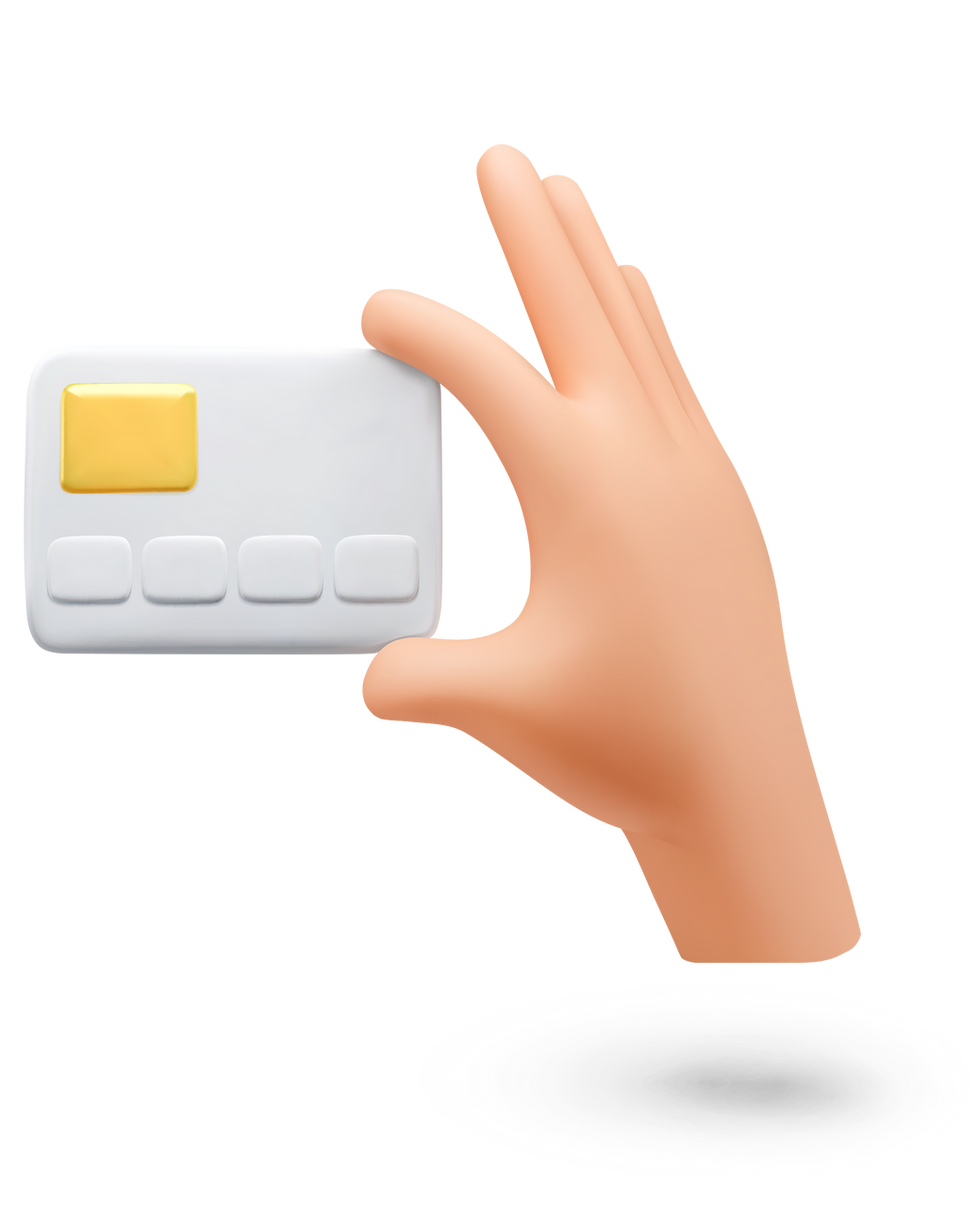Denshi Jisho: Assessing Its Relevance in Today's Context
- fotaquest
- Feb 25
- 2 min read
Denshi Jisho: Assessing Its Relevance in Today's Context:
By Lars Guo
Published: February 25, 2025
Opening message: Hi folks! I hope you all are doing well! This blog explores the relevance of Denshi Jisho. These are just my personal experiences with the device, and everyone’s experience may differ. I hope you enjoy it!
Translation Project blog: https://fotaquest.wixsite.com/lgjinsei/post/my-language-translation-project-part-1
Japanese studies: blog: https://fotaquest.wixsite.com/lgjinsei/post/japanese-studies
What is a Denshi Jisho?: It is a Japanese - English and English to Japanese electronic dictionary. Some come with writing features while others do not. I got mine with the intention of using the writing feature. In the next section there is a link to what it looks like. I will say that I am not sponsored by them, but I think it is important to show you what it looks like.
Audience: This is perfect for anyone who are Japanese learners learning kanji, want to translate Japanese to English and vice-versa. It is also perfect for anyone trying to read books where there is no hiragana and/or katakana next to the kanji also known as Furigana (Japanese alphabet).

Pros: I really like a fair amount of things about the denshi jisho. It is easier to write out kanji. Seeing the kana is an advantage. It is portable. It comes with a stylus if yours has a drawing feature. It is also long lasting. It is distraction free as well.
Cons: While there are things I like about the dictionary, there are some negatives. They are expensive. Not all of them come with drawing kanji abilities. There are no English instructions. It is battery powered. Sometimes it is hard to get the writing part of the kanji to be translated into the right written kanji. It is also another device you have to carry as well.
Can It Be Replaced by Google Translate? Yes and no. While Google Translate has a handwriting input option for kanji, it can be more difficult to use than a Denshi Jisho. Some translations are clearer on a Denshi Jisho, making it a useful complement to Google Translate rather than a full replacement. Personally, I use both depending on the situation.
Should you have one?: Yes and no. It really boils down to whether you want a device that is easier for translation projects and what is your purpose. For everyday usage, just use Google translate. If you do not have a feature like that on your phone, then grab one. I like having mine for translating my Japanese language translation project.
What type should you get?: I would get one with a drawing feature and that is long lasting if I were to get another one. The one I have is an Ex-Word version with a keyboard, screen, stylus, and a drawing section for drawing kanji.
Closing message: If you were learning Japanese, would you get one? I hope you enjoy this blog! I look forward to you reading the next blog! Have a great day!
#DenshiJisho #JapaneseLearning #LanguageTools #TranslationTech #KanjiStudy #JapaneseStudies #LanguageTranslation #StudyJapanese #TechForLearning #PortableDictionary #EJDictionary #JapaneseToEnglish #LanguageLearner #BilingualTools #LearningKanji #TranslationProject #LarsGuo #StudySmart #TechVsTraditional #LanguageResources



Comments